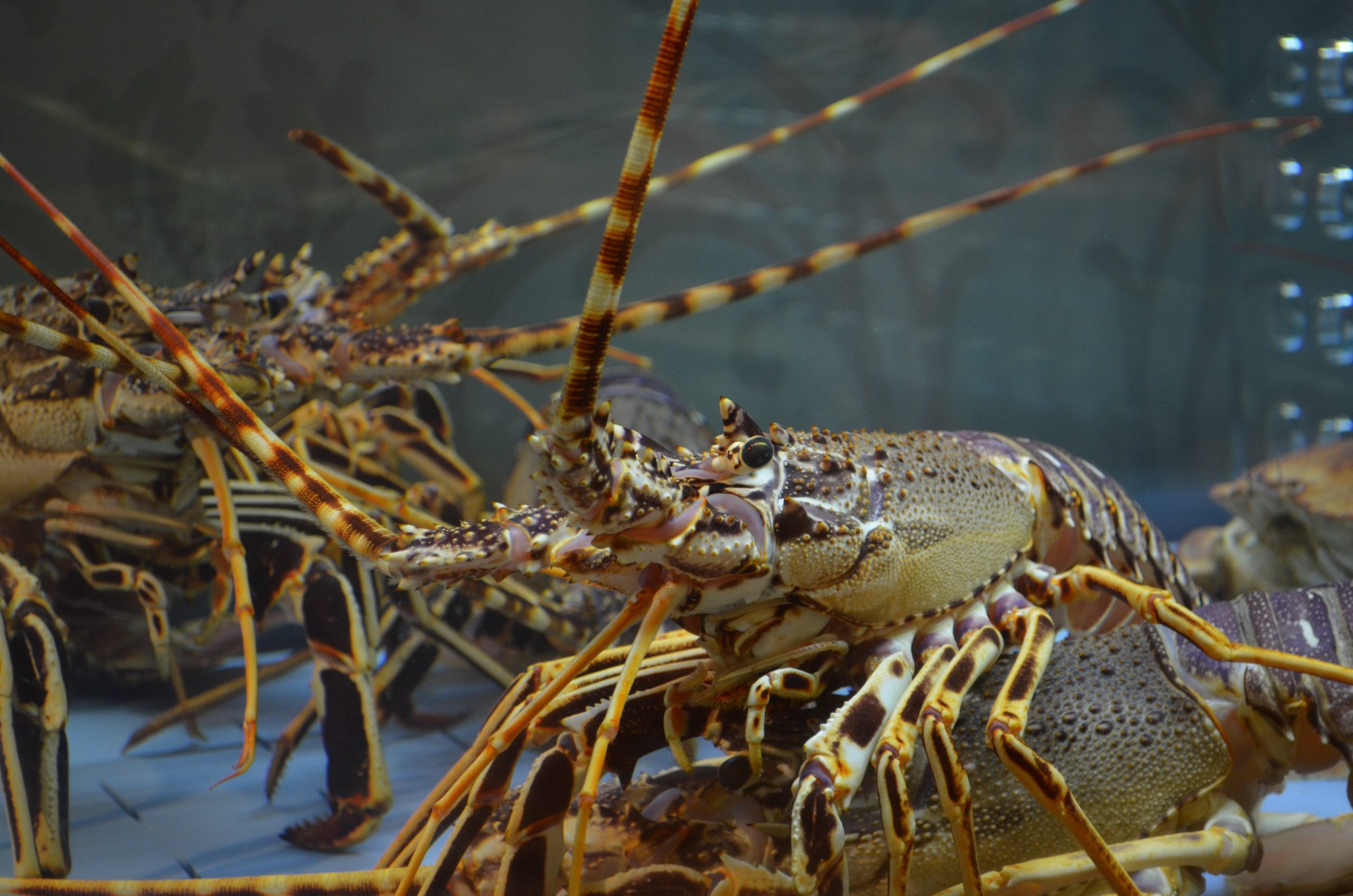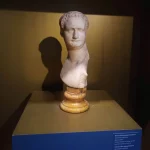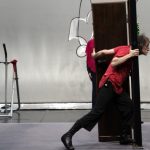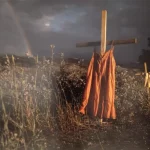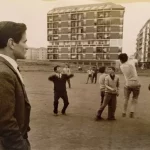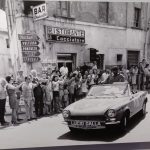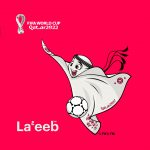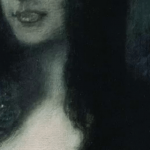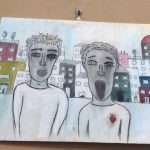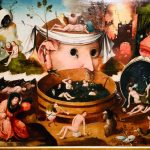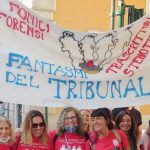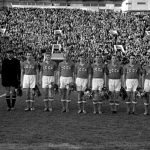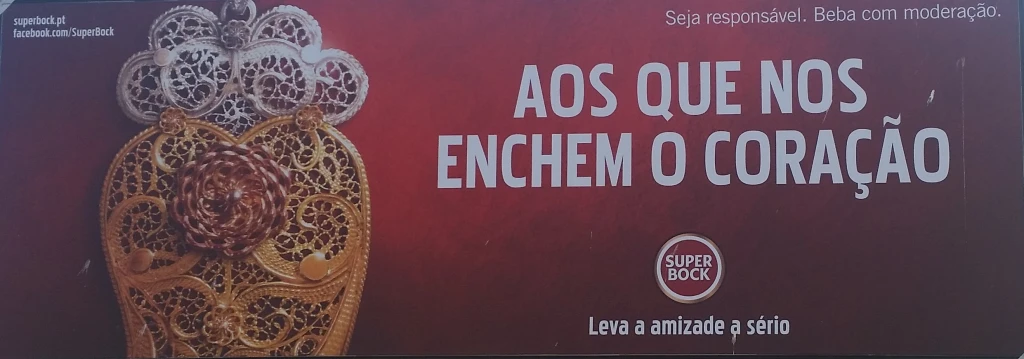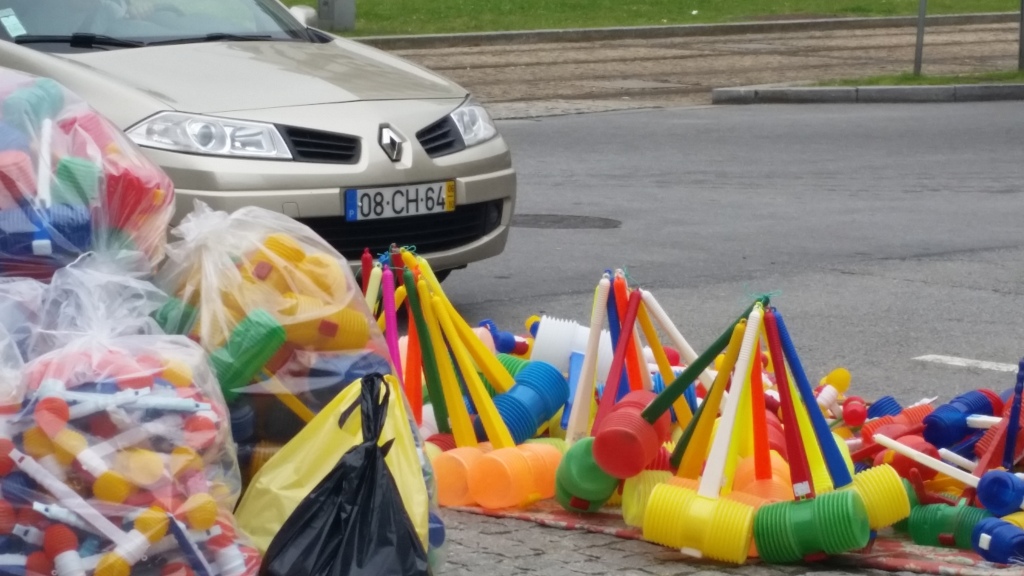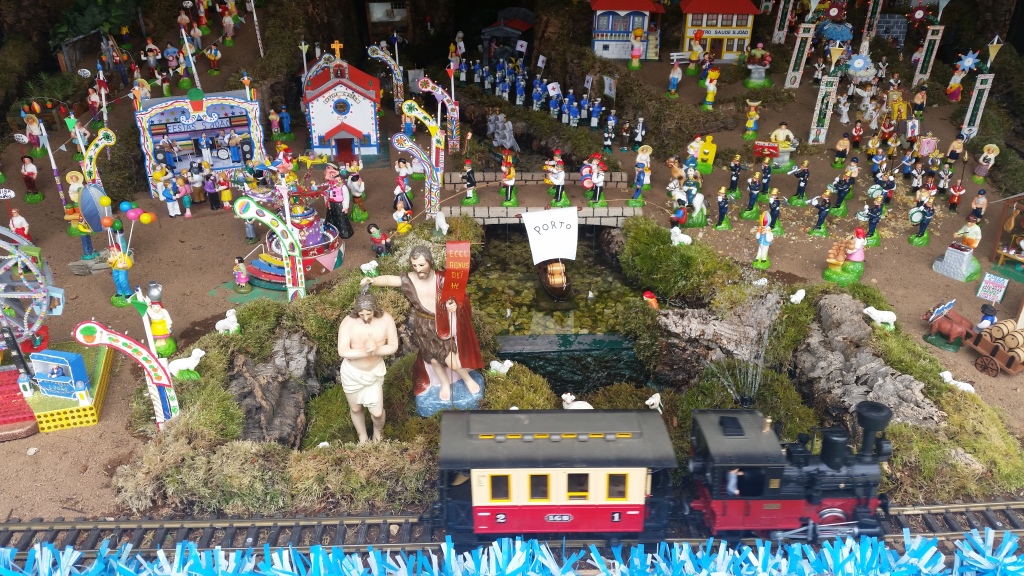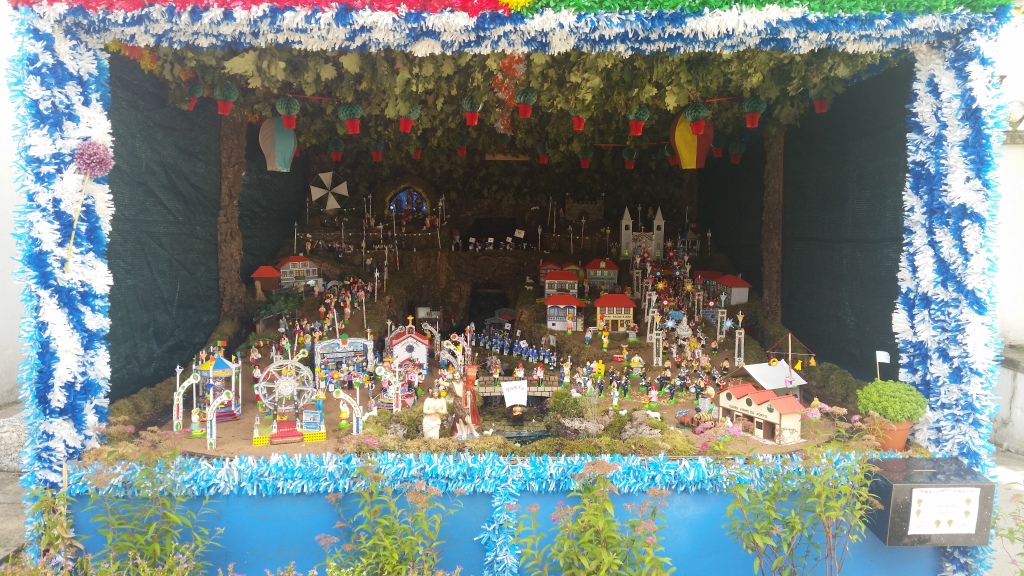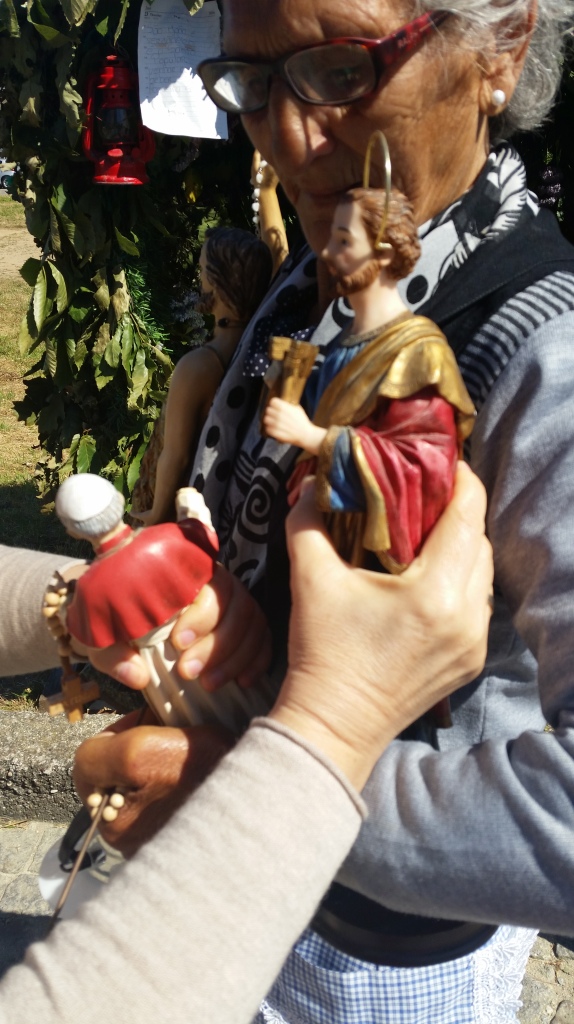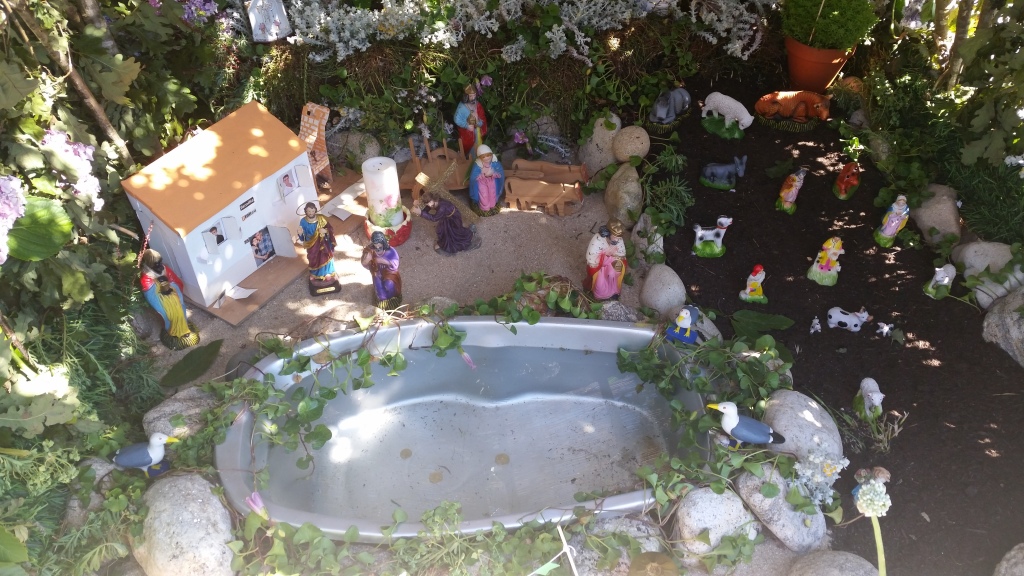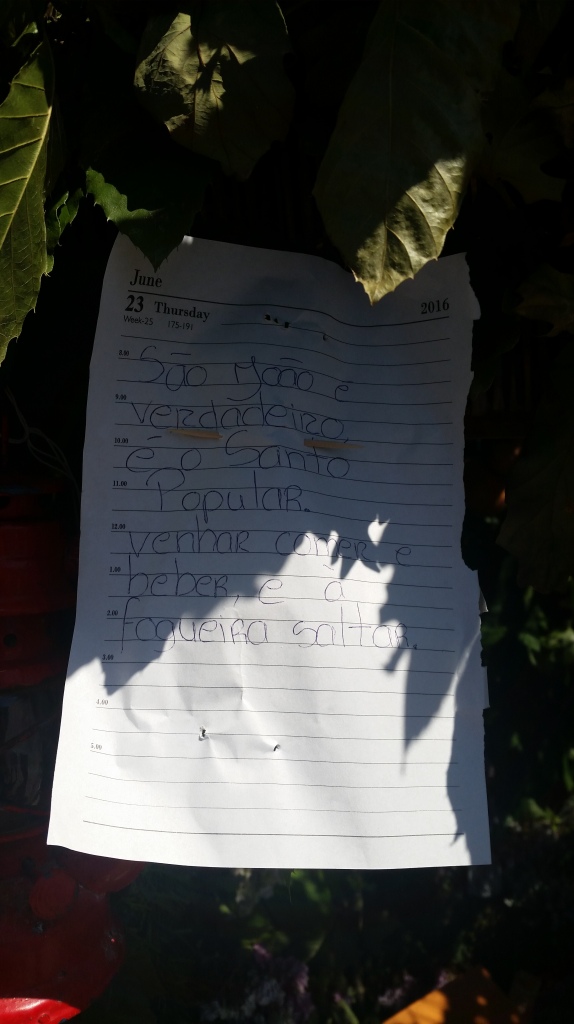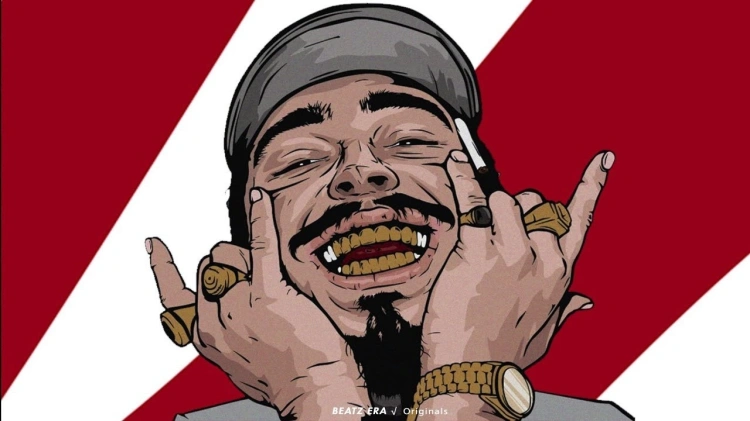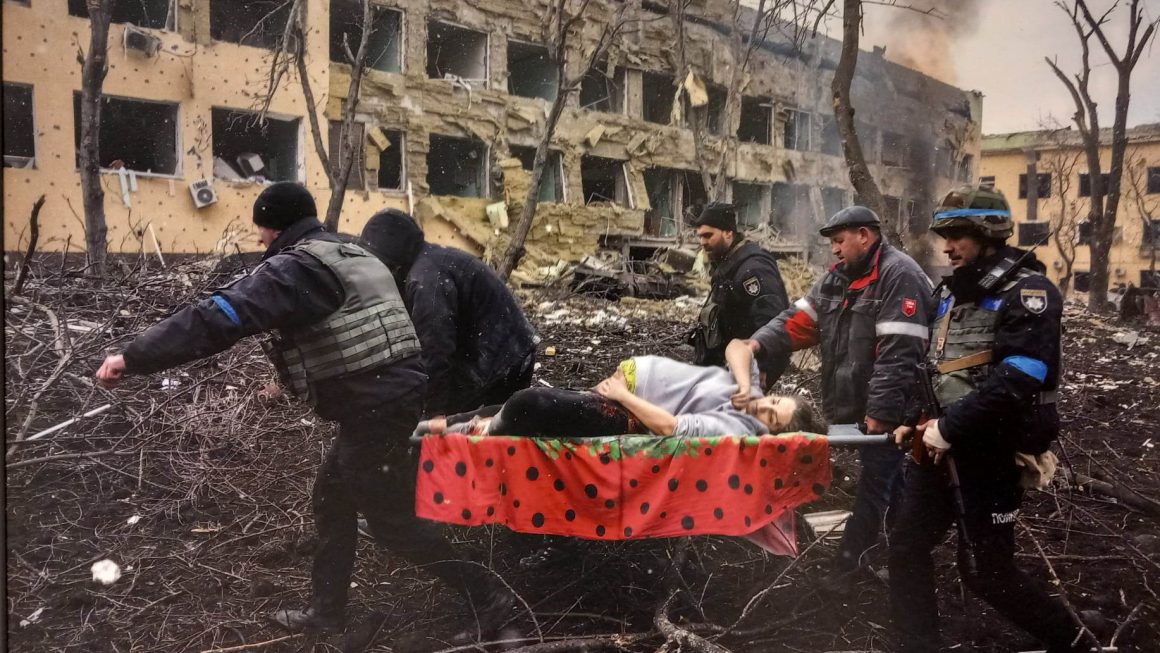The second and last episode of a story traveling between places, stereotypes and legends (here the first episode)
Stereotypes are passed down. But how were they formed? Fortunately, every now and then, beyond our conjectures and inferences, there is someone who studies them.
“Duality, it can be the password to access the puzzle of the Portuguese soul. In it a tempered character, common sense, affective discretion, composure, formalism, melancholy, seriousness coexist, which in turn are united with other faces: emotionality, impulsiveness, cheerfulness”, Isabel Teixeira writes on her degree thesis in Social sciences, while she tries to describe the contradictions of the Portuguese imaginary that pass through historical courses and encounters with other cultures, from Celts to Semites, to Africans.
The core of this study was a series of interviews with Portugueses and foreigners on the stereotypes of Portugal to trace in popular legends, discovering very interesting aspects.
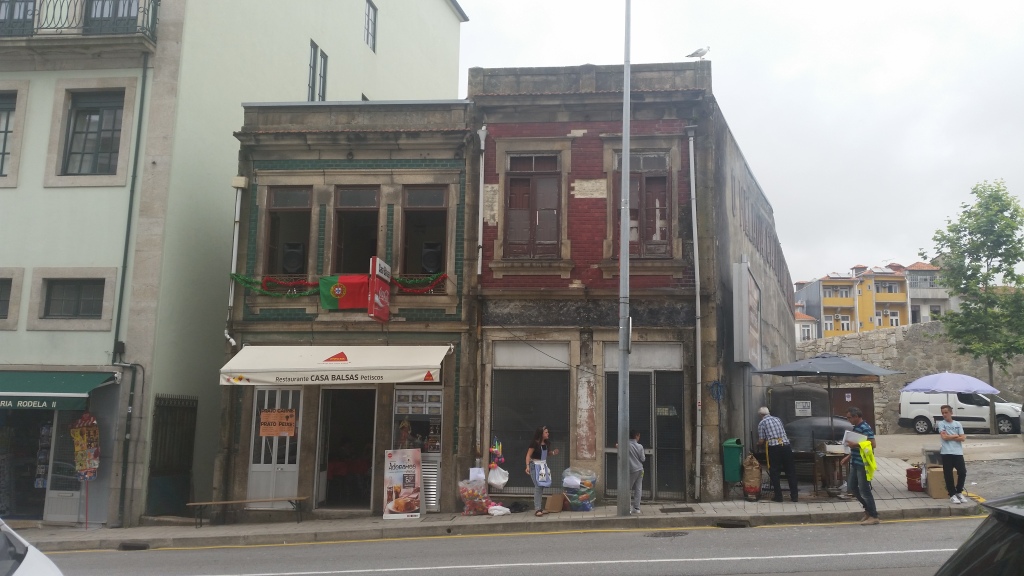
Portuguese legends are of many types and speak of everything, from devils to aquatic deities, from God to historical and popular characters, revealing very precise cultural characteristics: a peaceful coexistence between the sacred and the profane, the deeply human spirit of solidarity, the nostalgic character, the being dominated by fear and superstition, religiosity, obedience to the law, belief in miracles, the spirit of sacrifice, patriotic sentiment, the virtue of honoring one’s word, the ability to improvise, honor and loyalty, female submission, disobedience to higher orders, the flight from conflict, anxiety for individual freedom, the sensitive character that does not like to see others suffer. Like in the legend of the summer of Saint Martin, which Italy shares with Portugal, and which explains why after the first winter frosts, warm days appear in November (for the compassion of the saint who gave part of his cloak to a traveler) .
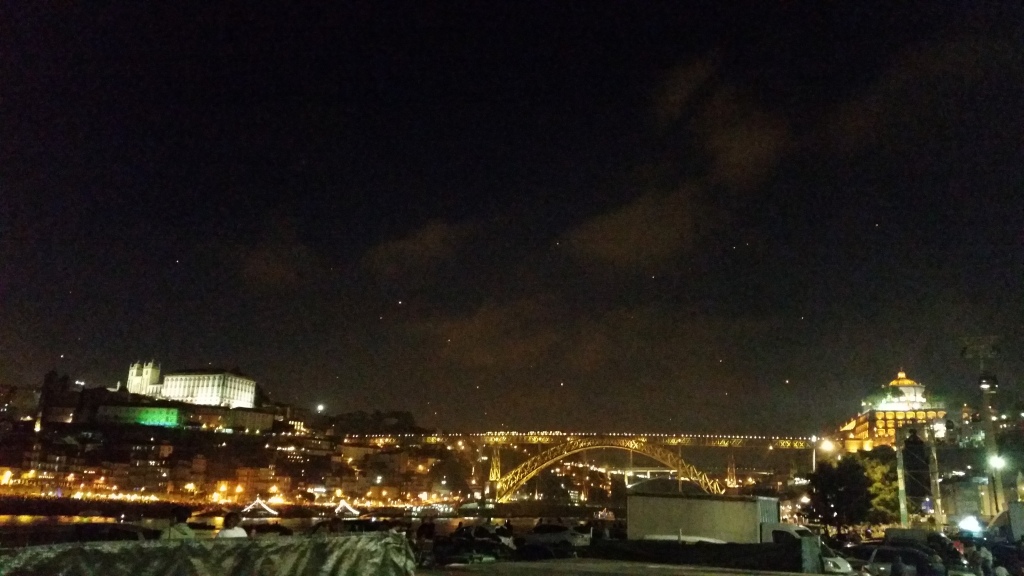
The coexistence of opposites, such as the sacred and the profane, is evident in the festival of São João (St John). The Guardian called it: “one of the liveliest street festivals in Europe, still relatively unknown outside Portugal”. St John is celebrated on June 24th, but here it starts early, on the 23rd, with every bar and house opening doors and windows, setting up barbecues, tables of wines and drinks and music being broadcast from everywhere; ending the next day with the rabelos regatta, the boats carrying the barrels from Gaia, Porto wine district, to the city. The climax is the fireworks at midnight on the 24th on the Douro River, anticipated by a myriad of baloes de São João. They are none other than Chinese lanterns, but our New Years Eve in Roma pales in comparison to how many you can seen here, so many that it seems to be in front of a starry sky. I was right in Gaia, on the left bank.
I tried to figure out where I had to position myself to better see the fires. I asked the cable car attendant (there were two last rides to get back to the top, one before and one after the show) and he told me it was better to go up. But up there there was no free place overlooking the river. When the fires started the mistake was clear, I tried to climb steps, to wiggle my view out of the roofs. I caught a glimpse of a boat from which fires were firing. It was clearly better from below! Then every now and then I saw that people looked to the right, towards the Luis I bridge, but I saw nothing. In the end I realized that there were fires there too. I tried to go down again, even if the climb to return did not appeal to me at all (the same one I had done comfortably in the cable car). I glimpsed a cascade of light pouring from the bridge, it seemed suggestive. When it all ended shortly after, I was at the foot of the Dom Luis pylon. Little boys were coming down from the top: they had slipped between two fence bars, that were no longer straight, and had climbed to the top, just below the fires.
Until that moment the spirit of the feast had been great, almost touching: with this excuse of the plastic hammers and garlic flowers, unknown people related to each other. Yes, because the festival of St John (which also celebrates St. Anthony and St. Peter on the occasion) is an essentially pagan festival that has lasted for more than six centuries. A lady told me that many “good things” are done: first of all you do the Cascata, which is a kind of “summer nativity scene” full of sacred and profane characters, letters for the saint and at least one body of water where you can throw a coin to make a wish.
The city is full of seedlings of a variety of small-leaved basil, the manjericão, that has a rounded frond that you have to caress: in this way it releases its scent that remains on the hands. Then there are the hammers, indeed, with which everyone is hitting each other good-naturedly on the head. Finally, the garlic flowers (the stem is very long!) with which the older ones are “hit”, because a flower is more delicate. The reason for all these customs? Luck! And with the fires the homage to the sun. Porto is called cidade invicta (never defeated militarily) and it seems that this is precisely due to the protection of San Giovanni.
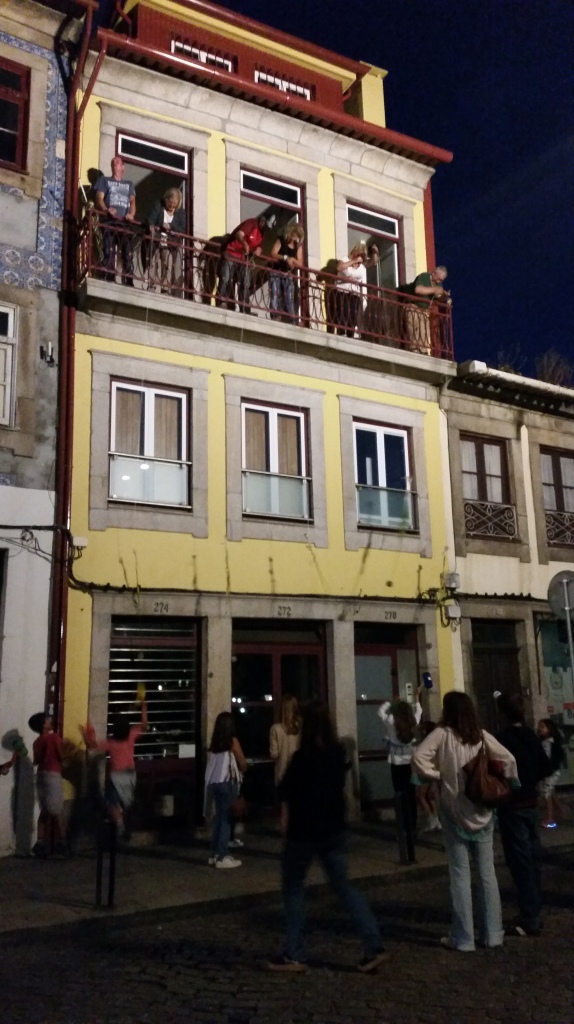
The whole spirit of the feast became heavier and in between the stereotypical meeting between crowd and guards. Once the fireworks ended, thousands of people tried to return from Gaia to Porto, but the police monitored the access to the bridge, letting people pass in groups, for obvious security reasons, seen that the Dom Luis I turned 130. From the perspective of the crowd, however, the scene became more and more claustrophobic: we kept to be stuck while it seemed we would never moved. The Dom Luis has two passages, one for pedestrians at the top and one for cars at the bottom. I had waited downstairs for some time, then seeing that nothing was moving I went back up through the usual steep climb, but even there everything seemed to have stopped, even worse, closed by barriers. I come out again, I ask a policeman. He told me that the bridge was actually open both above and below, and if I looked closely, I would see people go by and the bridge move.
“Moving?”, “Yes, the bridge moves”. On the spot I did not realize well, he spoke broken English, maybe he was referring to the people who were moving, but actually at that moment I saw them (they were passing in groups, obviously I had not looked at the right time!) After an hour I arrived in front of the policemen’s line too: I was squeezed between mothers with small children in their arms who were still trying to smile, worried old men and drunk boys who yelled at the police to open the bridge. I practically didn’t use my feet, I was pushed directly by the crowd, I lost sight of the mothers, then finally I started walking on the bridge.
Slowly I began to feel better, the claustrophobic anxiety was fading, but a few steps later I re-heard the policeman’s words in my head. The bridge was swinging, that huge, old, iron bridge, with dozens of people walking on it, moved under our weight. How is it possible? It supports the weight of cars and people every day! The Portugueses also seemed surprised, but there was no hysteria. As soon as you felt the sensation, you tried to proceeded faster on trying to stay straight, to dominate the nausea, some more or less frightened. Those were absurd minutes in which I just thought about walking as fast as possible, by telling me “shhh” alone, to control the fear and the urge to throw up (after a drinking night!).
We were probably all relying on luck at the time – could we do anything else? A Portuguese characteristic confirmed also by the interviews of the researcher, together with kindness, tolerance and solidarity; ease of adaptation; reliance on last minute solutions; the taste for the ostentation of wealth, vanity and the concern to hide poverty; sensitivity to examples of virtue which are revealed above all in the aspects of justice and charity.
The violent character and the cruel and envious behavior of the Portuguese is repudiated by all interviewees. Furthermore, they do not recognize the sense of freedom and independence as a characteristic of their own in, yet foreigners have a completely different perception of this. Similarly, the foreigner disagrees when the Portuguese admits their lack of critical thinking, strong passivity, obedience and resignation; the sense of sadness and discouragement; the lack of capitalist and critical, mocking and ironic spirit.

In general the research underlines “the fact that the Portugueses are more severe in their criticism of themselves, since they identify as identity characteristics many traits with negative connotations that foreigners on the contrary repudiate. Advancing an explanation for this, one can think of a derogatory and punitive self-analysis caused by a heightened sense of self-criticism”. Does it remind you of anything? Even the Italians do not seem immune to this tendency to be a little tough on themselves (without however looking for too many alternative solutions!)
In short, taking the answers in which Portugueses and foreigners agree 100%, perhaps a bit of truth can be found: they describe “an emotional, affectionate, friendly and non-confrontational population, moved by patriotic sentiments, and by the belief in destiny, in ‘this is how it must be’ and in fatalism. They are also very worried about the opinion of others and therefore inhibited in their behavior”.
In conclusion, Teixeira states that the oral tradition of fables and legends does not perpetuate stereotypes, as you can be often led to think, “on the contrary, it opens up horizons of understanding of what it means to have a national identity today. With each generation the cultural imaginary is transformed, increasing memories. Like an immense puzzle, the pieces have recessed or protruding contours that feed desires, urgencies and meanings”.
“Folk tales are, after all, a search for meaning; using them without exploiting them, prospecting them comparatively, between differences and similarities, is a way to trace traits of identity. Note that building an identity means distancing oneself, using otherness to distinguish oneself, the Other becomes the reference point for a characterization, and this is not connoted as a negative process, but rather necessary”.
Portugal, still champion of Europe (“thanks” to Covid), is the first time that, sportingly speaking, has taken the lead. And it probably deserved it, even if “tactically” it played less well than other teams. Historically it was one of the richest and colonialist countries on the continent, but today it is perhaps the only one, among the old European imperialisms, to have actually withdrawn from the scenes, repressing any aggressive attitude. Probably it is also because today its geographical position no longer has political weight, in any case the discretion of the Portugueses seems to be an added value in a period in which everyone plays to assert themselves, triggering wars and new terrorisms.
Vila Chà: fishing village near Povoa de Varzim. Three ladies set up the “cascata” with letters, water mirrors and statues of saints (credits StereoType Mag)
